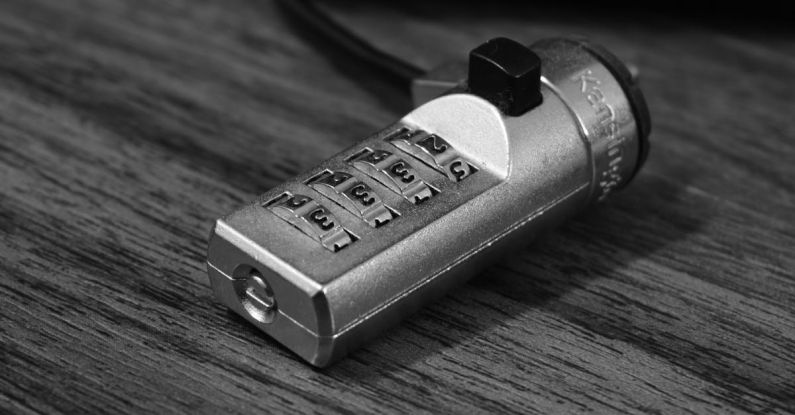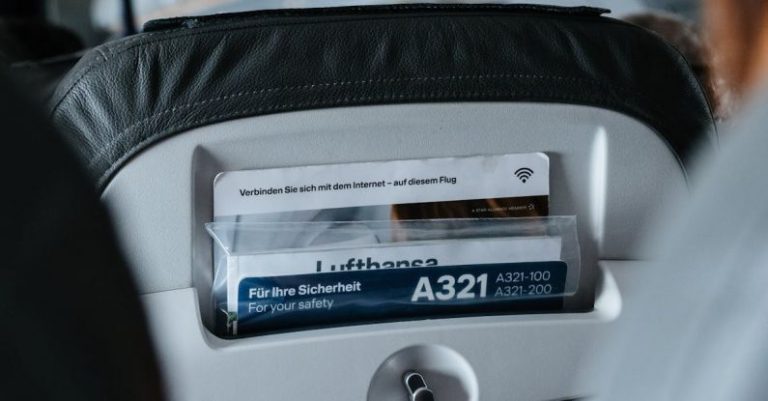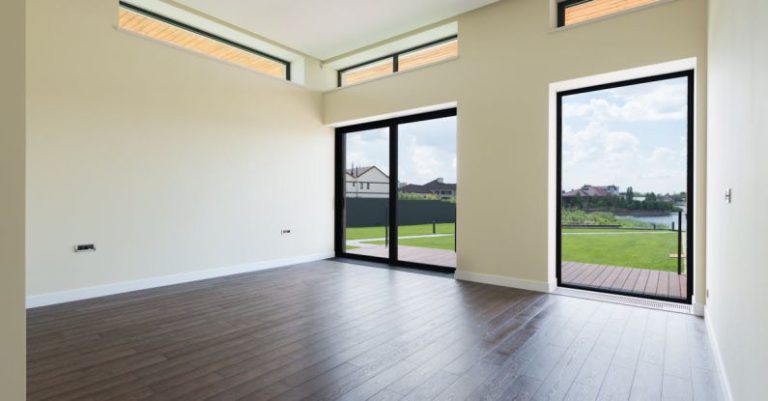What Are the Future Trends in Lock Technology

Advancements in Lock Technology Paving the Way for the Future
Lock technology has come a long way from its humble origins, evolving significantly over the years to meet the growing demands of security and convenience. As technology continues to progress at a rapid pace, the future of lock technology looks promising, with exciting trends on the horizon that are set to revolutionize the way we secure our homes and properties. From biometric authentication to smart locks and beyond, let’s explore the future trends in lock technology that are shaping the way we protect our belongings.
Biometric Authentication: The Key to Personalized Security
One of the most significant trends in lock technology is the integration of biometric authentication systems. Biometric locks use unique biological characteristics such as fingerprints, iris patterns, or facial recognition to grant access, offering a level of security that is virtually impossible to replicate. With the advancements in biometric technology, locks can now accurately identify individuals within milliseconds, providing a seamless and secure entry process. Biometric locks are not only more secure than traditional key-based systems but also offer a more convenient and personalized user experience, eliminating the need to carry keys or remember passwords.
Smart Locks: Enhancing Connectivity and Control
Smart locks have gained popularity in recent years due to their convenience and connectivity features. These locks can be controlled remotely via a smartphone app, allowing users to lock and unlock their doors from anywhere in the world. Smart locks also offer additional features such as temporary access codes for guests, activity logs, and integration with other smart home devices. As the Internet of Things (IoT) continues to expand, smart locks are poised to become an integral part of connected homes, providing seamless integration with other smart devices and enhancing overall security and control.
Keyless Entry Systems: Embracing Convenience and Efficiency
Keyless entry systems are another emerging trend in lock technology that is set to revolutionize the way we access our homes and properties. These systems eliminate the need for physical keys by using alternative methods such as key fobs, RFID cards, or mobile apps to grant access. Keyless entry systems offer enhanced convenience, as users no longer have to fumble for keys or worry about losing them. Additionally, these systems can be easily programmed to provide temporary access to guests or service providers, making them ideal for rental properties or shared spaces.
Cloud-Based Security: Securing Data and Access Remotely
Cloud-based security solutions are becoming increasingly popular in the realm of lock technology, offering secure and convenient access control from anywhere with an internet connection. These systems store access credentials and activity logs in the cloud, allowing users to monitor and manage their locks remotely. Cloud-based security also provides enhanced data protection and encryption, ensuring that sensitive information remains safe from potential breaches. As more businesses and homeowners seek flexible and scalable security solutions, cloud-based lock systems are expected to gain traction in the coming years.
The Future of Lock Technology: A Secure and Connected World
The future of lock technology is bright, with advancements in biometrics, smart locks, keyless entry systems, and cloud-based security paving the way for a more secure and connected world. As technology continues to evolve, locks are no longer just mechanical devices but sophisticated systems that offer a seamless blend of security, convenience, and connectivity. With these innovative trends shaping the future of lock technology, the days of traditional keys may soon be numbered as we embrace a new era of personalized, smart, and secure access control.





